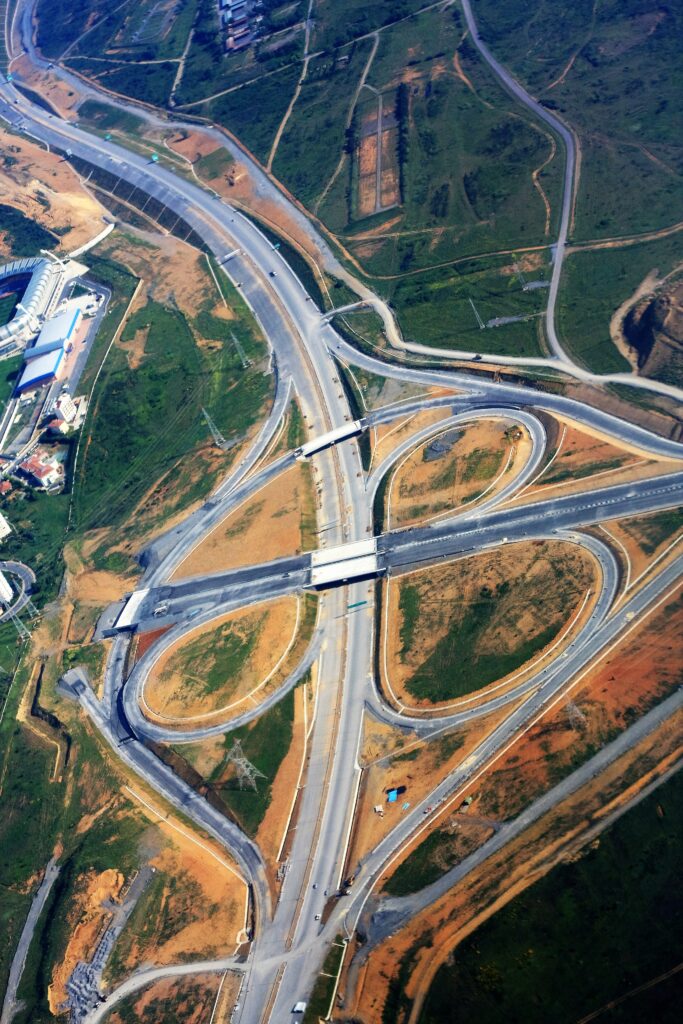



The world of renewable energy is evolving rapidly, with international collaborations playing a crucial role in its expansion. One of the most significant initiatives in this space is China’s Belt and Road Initiative (BRI). This extensive project not only aims to improve infrastructure and trade across participating countries but also prioritizes investments in renewable energy, particularly solar power.
China’s Belt and Road Initiative (BRI)
Launched in 2013, the Belt and Road Initiative is a global development strategy that seeks to connect Asia with Africa and Europe through land and maritime networks. The primary goal is to enhance trade and stimulate economic growth in participating countries. Renewable energy projects, especially solar energy, are a key component of the BRI, reflecting China’s commitment to sustainable development.
The initiative includes investments in solar energy infrastructure across various countries. China, being a leader in solar panel production, leverages its technological advancements and expertise to assist developing nations in establishing solar power projects. This collaboration fosters economic development and contributes to global efforts to combat climate change.
Solar Investments under the Belt and Road Initiative (BRI)
The BRI has enabled numerous solar energy projects, particularly in countries along the Silk Road. These projects aim to create a sustainable energy landscape and reduce reliance on fossil fuels. For example, countries like Pakistan, India, and several African nations have benefitted from China’s investment in solar technology.
-
Pakistan and Solar Power Projects
Pakistan has seen a surge in solar investments as part of the BRI. The Quaid-e-Azam Solar Park, one of the largest solar parks in the world, serves as a notable example. It aims to produce 1,000 MW of electricity, significantly alleviating the country’s energy crisis. China’s support in financing and constructing this project demonstrates the tangible outcomes of the BRI in the solar sector. -
Expanding Global Solar Capacity
Other participating countries in the BRI are also tapping into solar energy to meet their growing energy demands. Projects in Africa aim to enhance local energy access and provide clean energy solutions. The collaboration between China and these nations facilitates knowledge transfer and technology sharing, leading to improved solar energy capacity. -
Technological Innovations
Investments under the BRI also encompass advancements in solar technology. Research and development collaborations promote innovation in solar energy systems, improving efficiency and reducing costs. These endeavors not only benefit participating countries but also contribute to the global solar energy landscape.
Challenges and Considerations
While the BRI presents significant opportunities for solar investments, challenges remain. Concerns about debt sustainability arise as countries take on substantial loans for infrastructure projects. The need for transparent agreements and equitable partnerships is crucial to ensure that the long-term benefits of solar investments outweigh the financial burdens.
Additionally, political and regulatory environments can impact project implementation. A stable investment climate and favorable policies are key to attracting foreign direct investment in solar energy projects under the BRI.
The Future of Renewable Energy Collaboration
The collaboration fostered by the Belt and Road Initiative highlights the importance of international partnerships in advancing renewable energy adoption. As countries work together, sharing expertise and resources, the potential for expanding global solar capacity is immense. These collaborations pave the way for a cleaner, more sustainable energy future.
Moreover, as the world navigates climate change challenges, the integration of renewable energy sources like solar power will become increasingly critical. The BRI exemplifies how strategic initiatives can lead to innovative solutions that tackle energy challenges while promoting economic growth.
Conclusion
In conclusion, China’s Belt and Road Initiative is transforming the solar energy landscape through international collaboration. By investing in solar projects around the world, the BRI not only addresses energy needs but also contributes to global efforts in combating climate change. As countries continue to forge partnerships and leverage renewable energy technology, the future looks bright for solar power expansion.
To explore more about solar energy and its impact, check out the following relevant blogs from Andromeda Energy:
- “The Rise of Solar Energy: Transforming Lives and Economy”
- “Investing in Solar: Benefits and Opportunities”
- “Harnessing Solar Power for Sustainable Development”
For further information, feel free to visit Andromeda Energy for the latest updates in renewable energy solutions.
For Further Detail
https://www.renewableenergyworld.com/


Leave a Reply